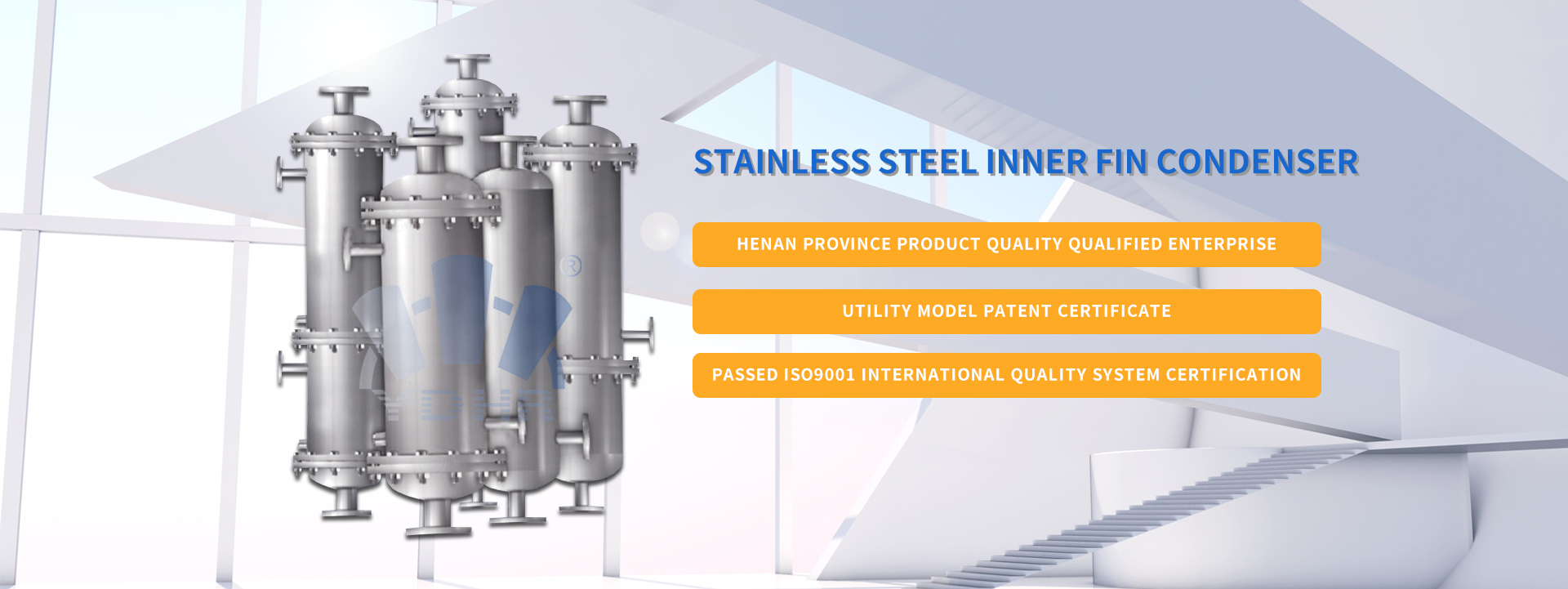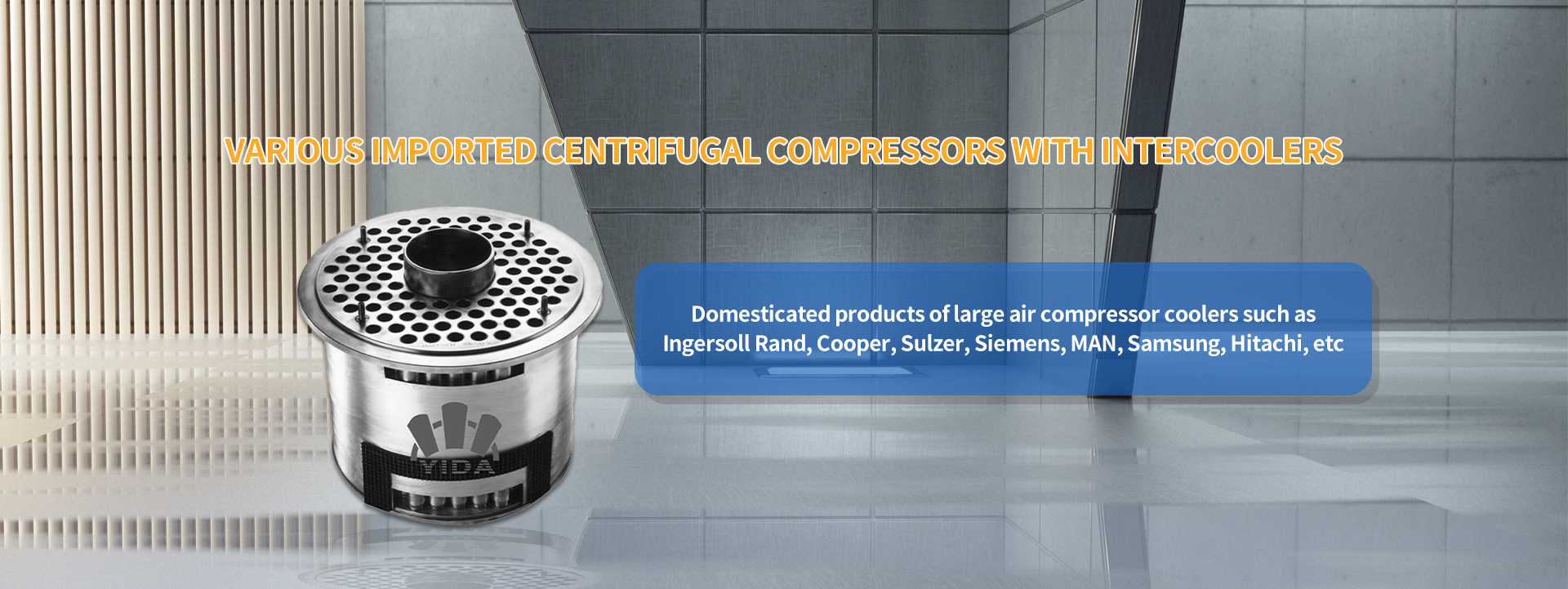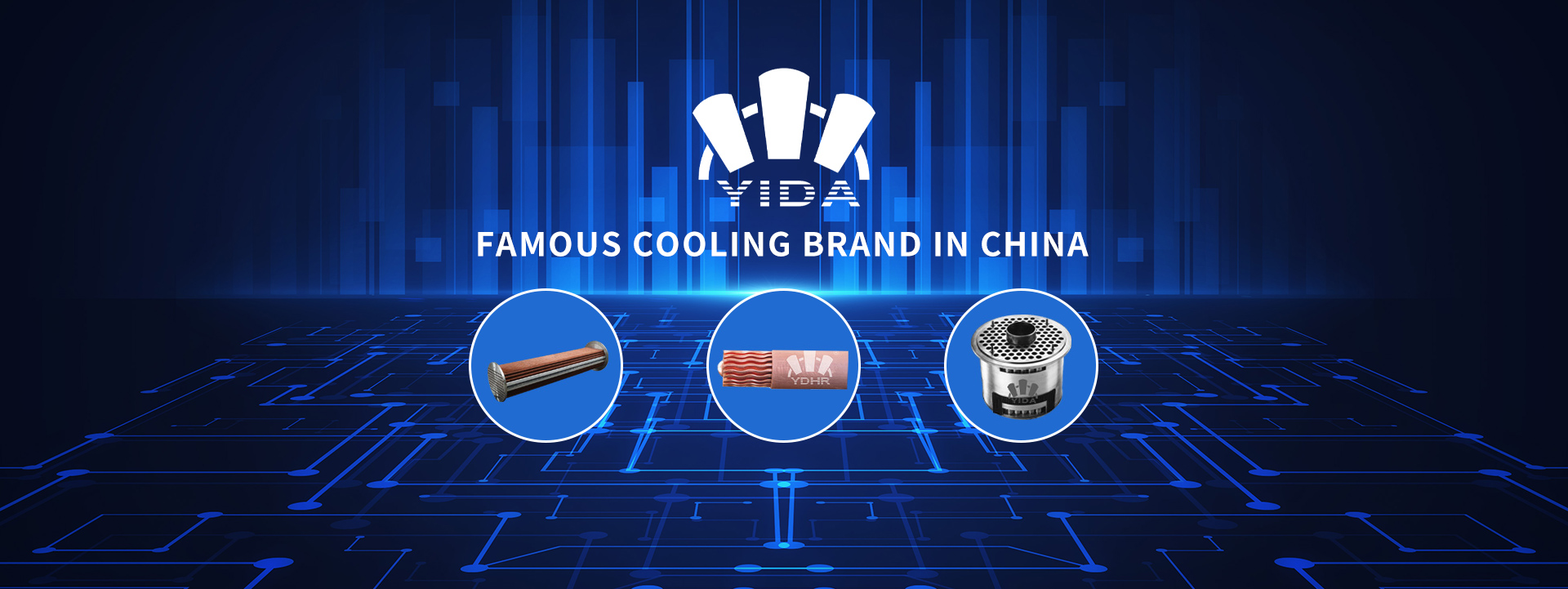Single metal finned tube The unique advantages of bimetallic finned tubes and threaded tubes
Single metal finned tube, also known as aluminum rolled finned tube, is made by rolling aluminum tube as a whole. Its advantages include non-contact thermal resistance, high strength, heat resistance, mechanical vibration resistance, and good thermal expansion performance. The tube body is free of burrs, wrinkles, and easy to clean. During wet cooling in heating and air conditioning engineering, it is easy to eliminate condensation water on the outer surface of the fins, and it is not easy to form dust or scale in drying heating and other heat exchange situations, with a considerable expanded heat exchange surface. The heat exchanger made of this type of finned tube is more effective than the series or wound plate heat exchanger, and is a widely used heat exchanger. Single metal finned tubes can also be directly rolled from steel pipes or rolled from copper pipes.
Bimetallic finned tubes can generally be made of stainless steel, carbon steel, corrosion-resistant steel, nickel steel, titanium tubes, etc., depending on the medium inside the tube. They have good mechanical properties, temperature resistance, pressure resistance, and corrosion resistance. The outer material is aluminum, which is lightweight, cost-effective, easy to process, has good resistance to atmospheric corrosion, and has a beautiful appearance. The fins have high strength and can withstand high-pressure flushing and descaling. The general structure of finned tubes, such as piercing and winding tube bundles, has different metal electrode potentials. When there is water on the surface of the fins, chemical corrosion will occur, resulting in an increase in gap thermal resistance and affecting heat transfer performance. However, rolled finned tubes completely cover the base tube, making them particularly suitable for situations where condensed water or other liquids are sprayed out after the air temperature drops. In addition, due to the fact that the contact stress between the rolled finned tube and the base tube does not disappear, the long-term working contact thermal resistance does not increase, and the heat transfer performance does not decrease, it also has the characteristic of long service life. Therefore, its application is becoming more and more widespread. Currently, bimetallic rolled tubes are mainly used in air coolers and heaters, especially in the refining, chemical, and power generation industries where they have been widely used.
Compared with light pipes, threaded pipes have a larger surface area while consuming the same amount of metal materials, which intuitively belongs to * * enhanced heat transfer. However, in essence, it brings about an increase in heat transfer coefficient while increasing the heat transfer area * *. Threads can strip the flow layer off the heat transfer surface, increase the disturbance of the heat transfer surface, and improve the heat transfer effect, thus enhancing heat transfer twice. Meanwhile, long-term practical application has proven that it also has excellent anti fouling performance. Dirt often forms parallel scales along the edge of the wave peak. As the temperature changes during operation, the pipe will expand and contract, and this "accordion" like expansion and contraction effect will prevent the formation of dirt. And for the light pipe, dirt will form a cylindrical layer on the wall of the pipe, without any natural mechanism to prevent it. In addition, due to the use of ordinary light tubes as blanks and rolling processing, their mechanical strength and corrosion resistance are not inferior to the original light tube blanks, which can fully ensure the long-term reliable operation of the heat exchanger. It can also transfer heat under small temperature differences, recycle low-temperature heat sources, and effectively reduce losses. In addition, threaded pipes are easy to process, cost-effective, and easy to clean. Their typical application is in oil heat exchangers, and they also have good heat transfer enhancement effects for condensation and boiling outside the pipes.








